Cultivating chillies in a changing climate – Pakistan's tough harvest
-

Kunri in southern Pakistan is known as the chilli capital of the region -
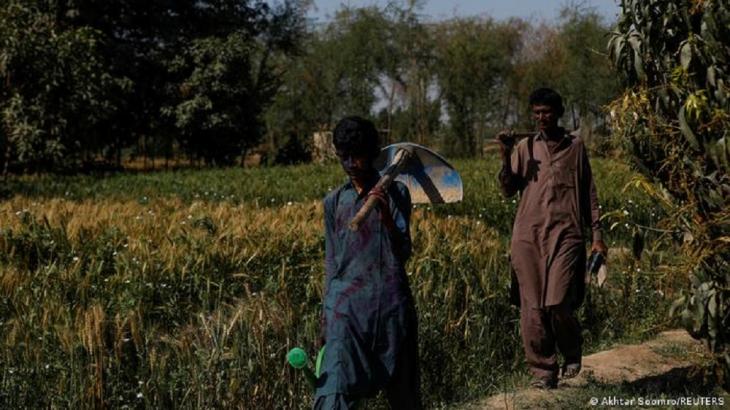
Kunri in southern Pakistan is known as the chilli capital of the region. The extreme weather conditions this year have posed huge problems for farmers in Pakistan. 40-year-old farmer Leman Raj has also felt the impact: "My plants suffered badly from the heat, then the rains came and the weather changed completely. All the chillies have rotted," he told Reuters news agency -
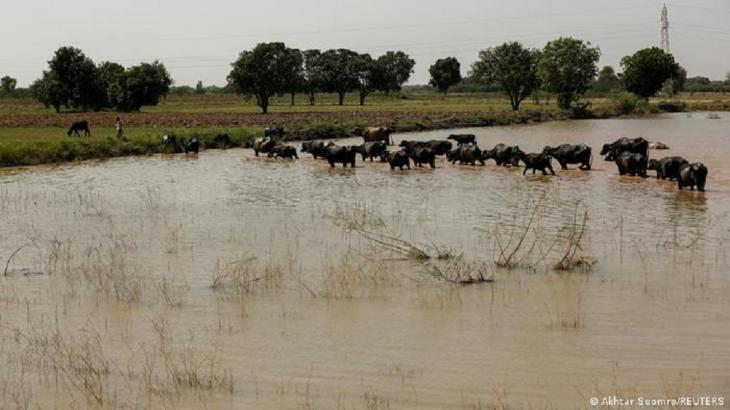
In Pakistan, many people make their living from agriculture. The effects of the monsoon season, intensified by climate change, on the one hand, and the growing heat, on the other, are sometimes devastating. "When I was a child, the heat was never this intense," Raj recalls. "We had a bountiful harvest – now it's so hot and the rains are so scarce that our yields are shrinking" -
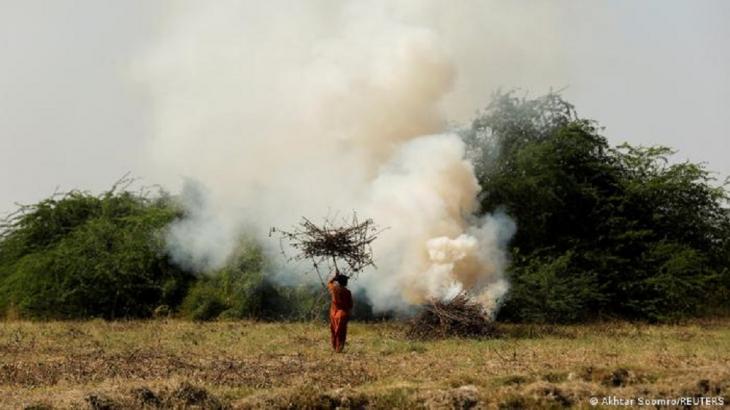
When the rains brought floods, the farmers had to act: "We dug trenches in the chilli fields to pump the water into the cotton fields," reports farmer Faisal Gill. He was able to save 30 percent of his chilli harvest this way. On the other hand, some cotton fields were so badly damaged that the farmers saw no other option but to burn them -
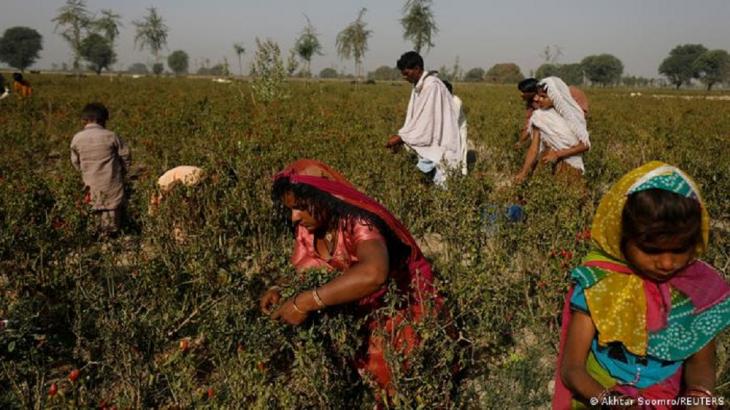
The cost of the flood damage in autumn is estimated by authorities at more than 40 billion U.S. dollars. Pakistan is the world's fourth largest producer of chilli. On more than 60,000 hectares, around 140,000 tonnes of the spicy fruit are harvested there every year. Pakistan is particularly vulnerable to climate change because agriculture is the backbone of the Pakistani economy -
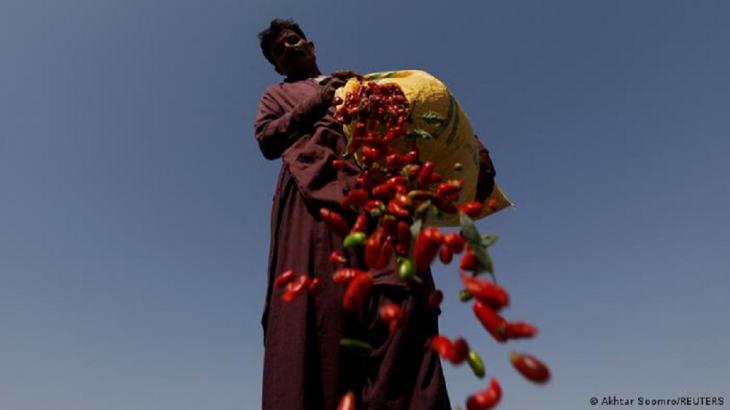
Before the pods go on sale, they are dried in the sun. Attaullah Khan, director of the Arid Zone Research Centre in Pakistan, says he sees Pakistan facing major challenges as this is the third year in a row that intensified heat waves and floods have affected the growth of chillies and caused plant diseases -
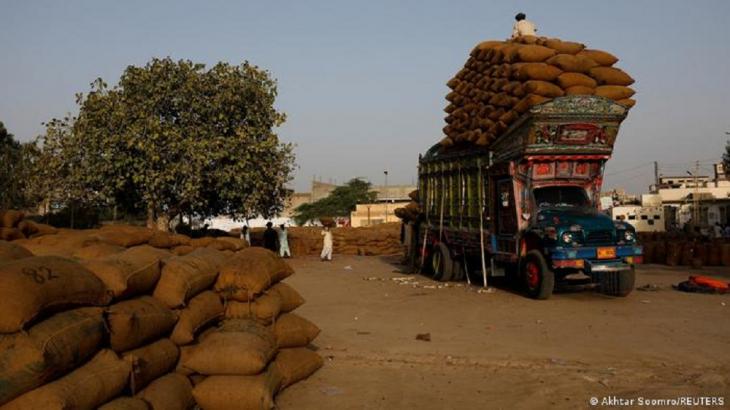
Once the crop is harvested and dried, the chillies are transported in bags to the market in Kunri, the chilli capital of Pakistan. At first glance, the chilli mountains do not necessarily look like a shortage - but looks can be deceiving. -
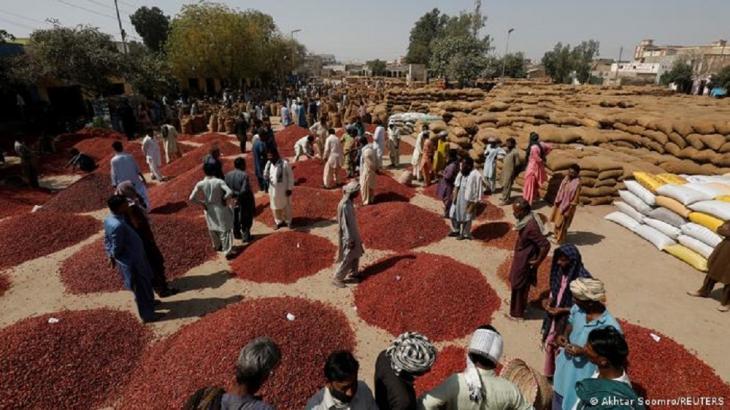
Vital yet low harvest: not only farmers, but also traders are worried about their future: "Last year at this time, there were between 8,000 and 10,000 sacks here on the market. This year there are barely 2000 – and that's already on the first day of the week," says trader Raja Daim
https://qantara.de./en/node/13578
Link
To all image galleries
